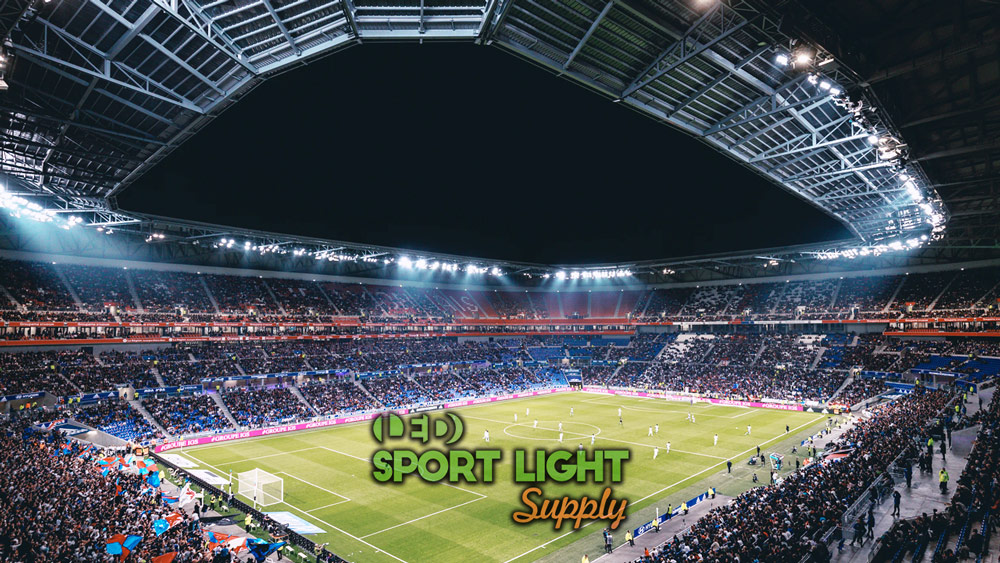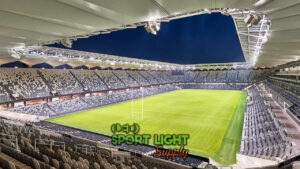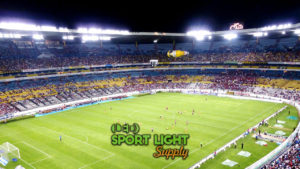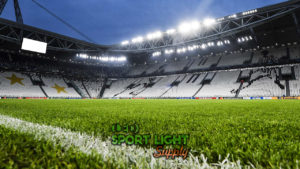The latest floodlight tech makes use of LED lighting system designs. Many know them as sports lighting. In reality, you can find this tech in the nearest stadium, station, and airport. Basically, anywhere you can find large areas. During a sport event, lighting is a critical factor. For one thing, it lets fans fully enjoy the action. Then again, the lighting design is also responsible for people’s safety and security. Here is a short guide on the main components of a LED lighting system and why they matter.
Constituents of a LED lighting system
1. LED lighting fixture
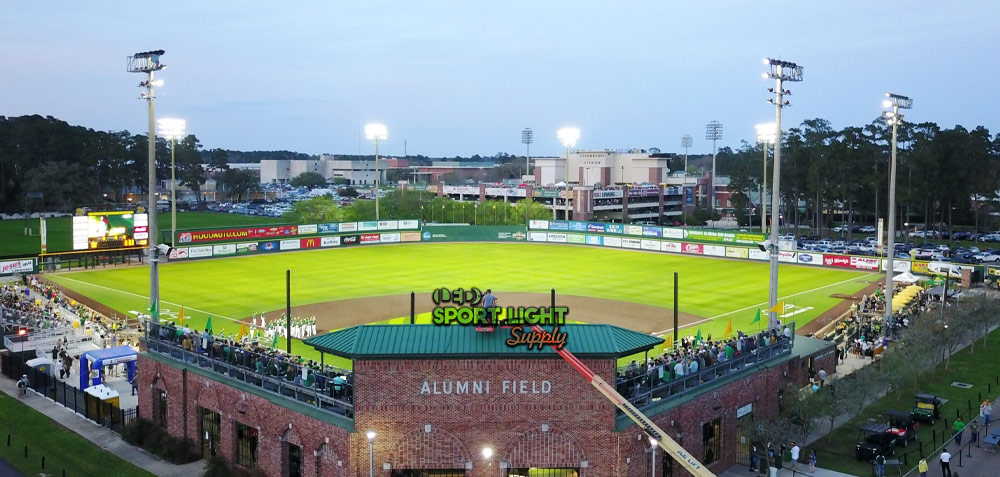
The chief goal of the actual lighting fixture is to ensure the quality and homogeneity of lighting. For example, the best LED lights preserve the characteristics of the illuminating spectrum. That is, the light illuminates everything nicely throughout the stadium. To specify, the white light you see at the stadium is a blend of several colors that appear white. In essence, LED tech relies on precise wavelengths to create specific effects.
Thus, outdoor and indoor LED lighting systems share some similarities as well as differences. Mostly, when we talk about lighting fixtures, we focus on the pole-top luminaire. This part is where the LED lamps are. This lighting system makes the most of the light emitted, reaching 90% of conventional metal halide. Furthermore, the LED lights are low consumption, emit no ultraviolet or infrared radiation. Plus, they have a much longer life cycle than a traditional lighting system.
2. High mast light pole or lamp mounting pillars of the stadium
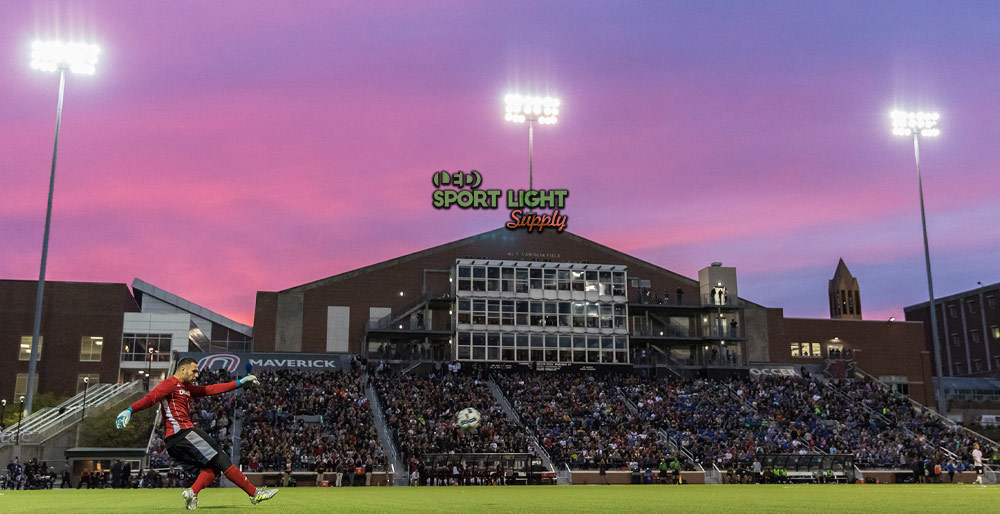
Sports lighting systems need a reliable high-mast pole. Indeed, this part houses:
- The wires
- The electrical components enclosure
- The lightning ground system
- A precast concrete base
Usually, the pole is made of galvanized steel. Each piece goes through several tests to check for quality and energy efficiency. In detail, manufacturers make quality controls to ensure robustness and no wasteful light spills.
To create a correct lighting system for a stadium or sports events, stadium owners need to respects some rules. First of all, it is necessary to determine the level of competition that will take place there. If the events host amateur players, the regulations of the sports association will suffice. In any other event, international guidelines may apply. Thus, the height of the light pole ranges from 9 to 15 feet. In addition to all this, engineers must consider weight and wind resistance. Therefore, the high mast light pole is an essential part of the whole system.
3. Lighting control system (DMX/DALI)
High-power lights mean nothing without a lighting control system. DMX and DALI are acronyms. Namely, Digital MultipleX and Digital Addressable Lighting Interface. These two are the most popular protocols for LED sports lighting systems.
The DMX protocol originated in theaters and the entertainment industry. Its main goal is to control smart lighting fixtures and special effects fixtures. Also, DMX shows up more and more frequently in commercial buildings. Some of its applications include controlling the temperature of light, color, and RGB.
For more information on DALI, check the International standard IEC 62386. In short, DALI ensures the interoperability of control devices in digitally controlled lighting systems, such as transformers and power attenuators. A DALI master (a controller) can control a line with up to 64 devices. Each device can be assigned to 16 separate groups and 16 separate scenes. What does this mean? For example, you can use more sensors for a single system to send precise commands to single LED lights.
4. User interface
In any stadium, controlling the LED lights lowers operating costs. Then again, lighting requirements depend on the type of sport and the level of the competition. Ordinarily, the higher the competition level, the higher the requirements. Thus, stadium owners need to monitor and change the light levels via traditional means or via the Internet. For example, a physical panel or a control room. Or the use of smartphones and computers to controls LED lights via apps.
Light pollution also plays an important role. Commonly, a stadium is a center around which many people live. Of course, sports training and matches require extensive use of the LED lighting system. As a result, both the lighting fixture slope and the height of the poles can cause light spills. In any case, controlling the lights lets you adapt to the neighborhood. As well as to varying climatic conditions and any unexpected event.
5. Other components
Safety and simplicity are crucial when it comes to installing or maintaining a high power lighting system at great heights. Consequently, some accessories can complete your lighting solution for outdoor and indoor spaces.
Stadium specific accessories for a high mast light pole include bird control spikes. In fact, preventing birds from resting on the appliance and damage is a big deal. Because LED lights do not heat up to unbearable levels, birds tend to nest and roost on the LED lighting fixtures.
Some kind of pointing device may also be present. On balance, manufacturers offer various solutions to help you control the flow of light, as well as its intensity. Sometimes, luminaires come with specific rings, designed to change the slope.
Importance of a good lighting system design & planning
1. Better visibility for sports players and cameras
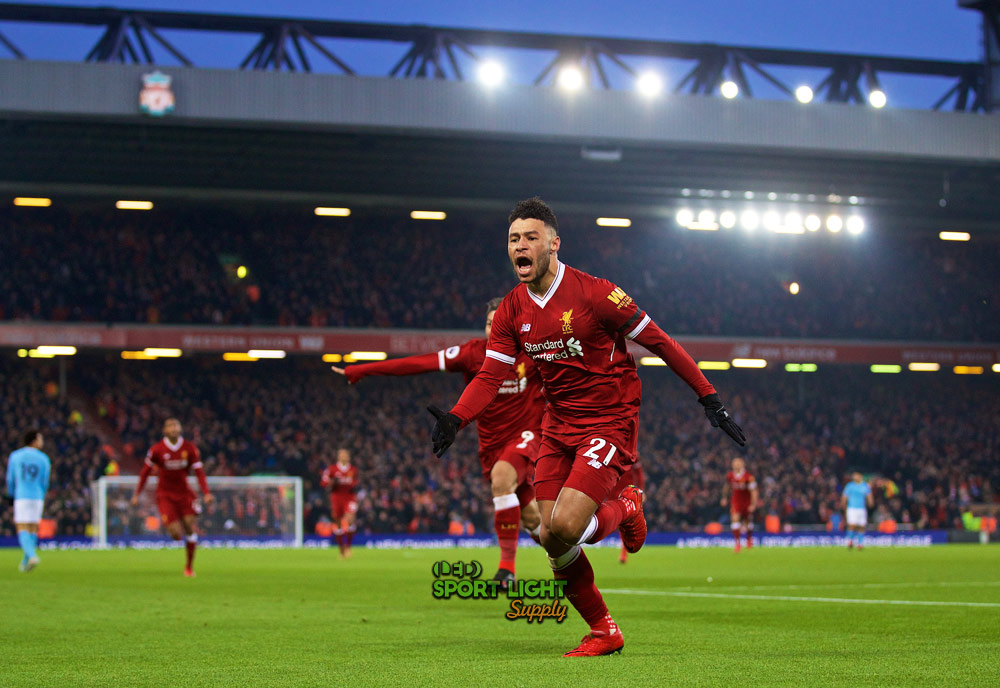
In any sport, visibility is key. Without proper illumination, players and fans will complain. And if your event goes live on national TV, then the sponsors will want to exchange some words with you, the stadium owner. In brief, the design of your lighting system can make or break your success in the sport industry.
See also: Sports lighting standard for TV broadcasting
2. Brighter, more uniform lighting for stadium
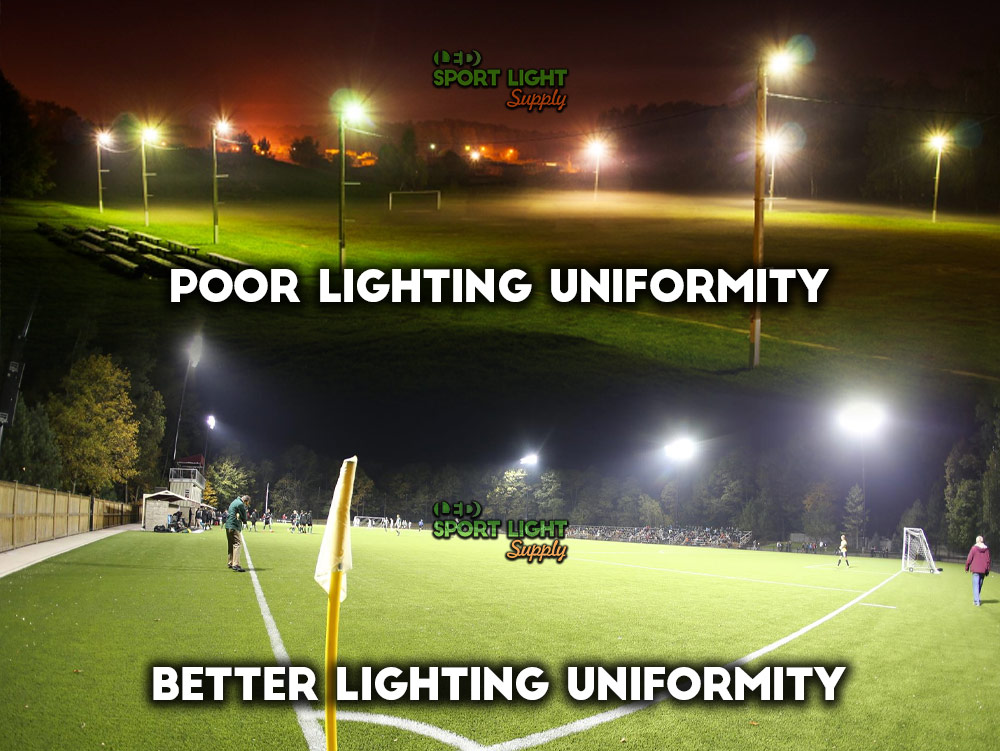
An important element of the LED lighting system is the control of the light beam. In a typical four-pole topology, with a pole at each corner of a rectangular playing area, the light must illuminate a quadrant of the total surface accurately. Therefore, the main goal is to achieve brighter, more uniform, shadowless lighting.
3. Reduce subsequent running cost and maintenance cost
As is often the case with LED tech, the initial additional cost of LED-based sports lighting will be recovered over the entire life cycle of the system. Thanks to reduced maintenance and replacement costs and lower energy consumption, LED lights are the best choice on the market. Plus, the quality and versatility of operating controls of an LED lighting system provide additional benefits you cannot have with other light sources.

